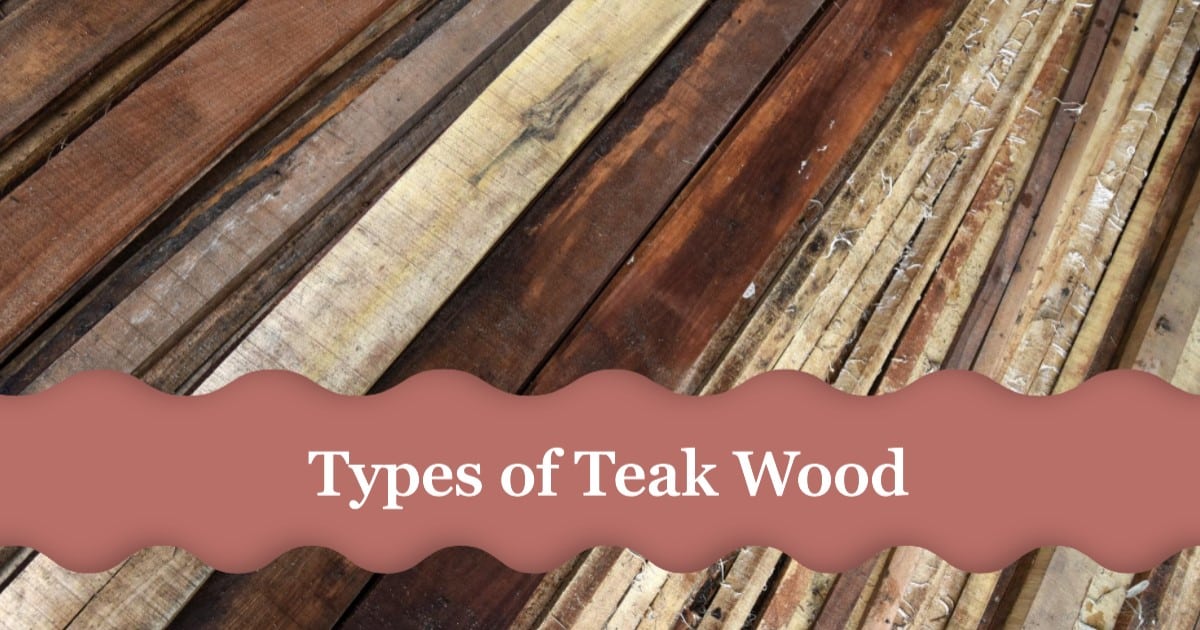Do you ever feel lost trying to choose the right teak wood? Don’t worry! In this guide, we’ll explore different types of teak wood, each with its special features. From the fancy Burmese teak to the eco-friendly plantation types, we’ll learn about their strengths and where they come from. Join us as we discover what makes it special and how it’s used.
What is Teak Wood?
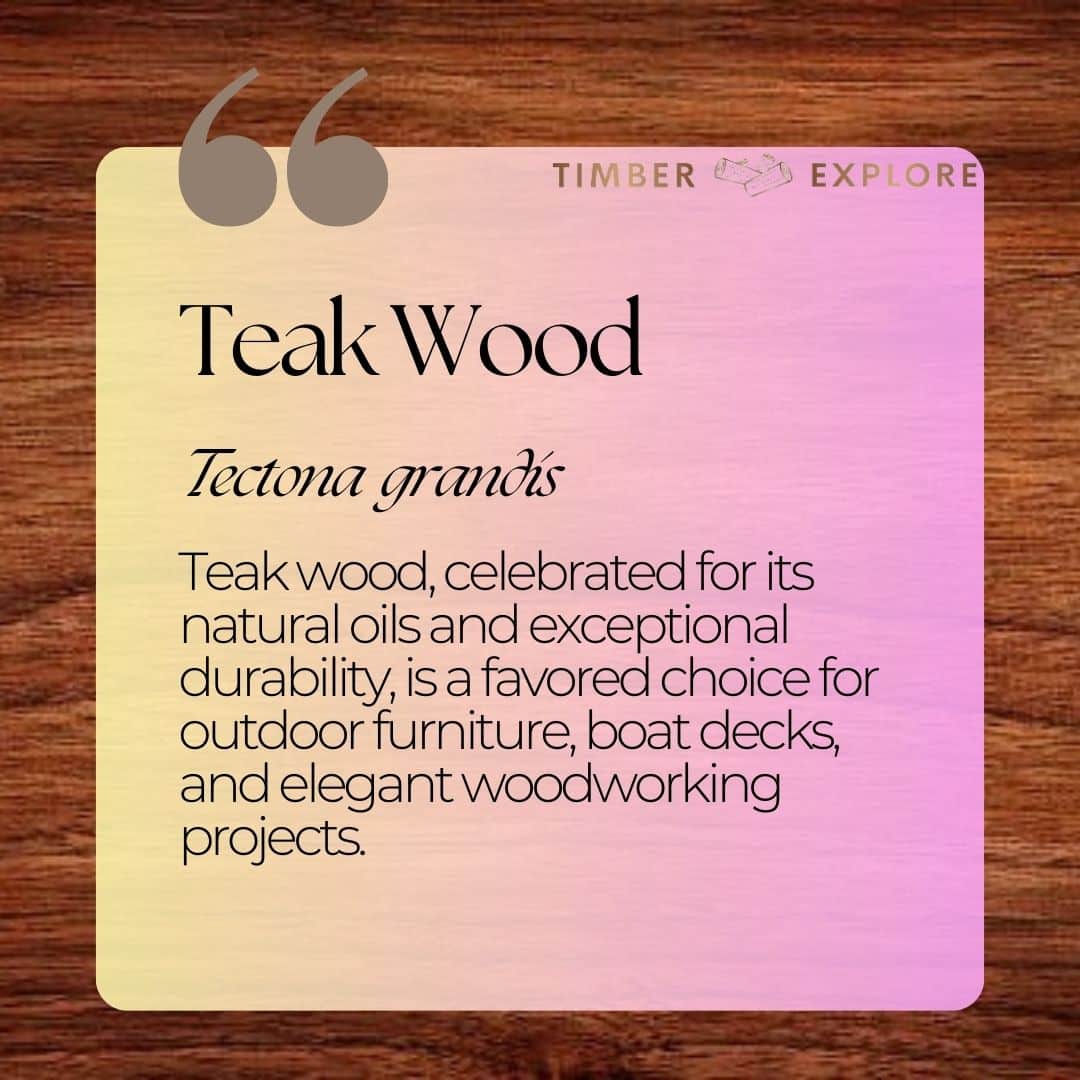
It is a highly prized hardwood derived from the Tectona grandis tree, primarily found in South and Southeast Asia. Renowned for its exceptional durability, strength, and natural beauty, teak wood has been utilized for centuries in various applications, including furniture making, construction, boat building, and outdoor decking. Its popularity stems from its remarkable resistance to decay, pests, and harsh weather conditions, making it a preferred choice for indoor and outdoor projects.
Types of Teak Wood based on Grades
It is classified based on its quality, which is determined by factors such as color, grain pattern, and natural oil content. Here are the following types:
1. Grade A Teak
This is the highest quality teak, featuring a uniform golden-brown color, straight grain pattern, and high natural oil content. Grade A teak is free from knots, cracks, and other defects, making it ideal for high-end furniture and luxury applications.
2. Grade B Teak
Grade B may exhibit slight color variations and grain irregularities compared to Grade A. While still of good quality, it may contain some small knots or minor imperfections. This type of teak is commonly used in mid-range furniture and general construction projects.
3. Grade C Teak
This is the lowest quality teak wood, often featuring more pronounced color variations, irregular grain patterns, and higher occurrences of knots and defects. Grade C is typically used in budget-friendly furniture and less demanding applications.
Types of Teak Wood based on Origin
It can also be classified based on geographical origin, which often influences its characteristics and quality. Some of the primary origins include:
4. Burmese Teak Wood
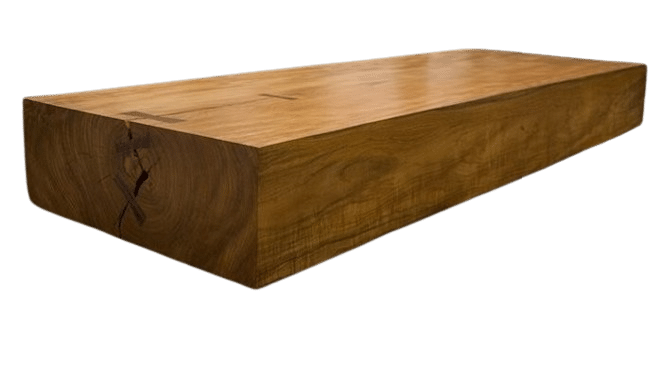
Burmese teak wood, also known as Myanmar teak, is highly prized for its exceptional quality and beauty. Originating from Myanmar (formerly Burma), this type of teak with a Janka hardness rating ranging from 1,070 to 1,200 lbf is renowned for its rich golden-brown color, tight grain pattern, and high natural oil content. It is considered one of the finest and most luxurious varieties available. It is often used in high-end furniture, yacht decking, and other luxury applications where aesthetics and quality are paramount.
5. Indian Teak Wood
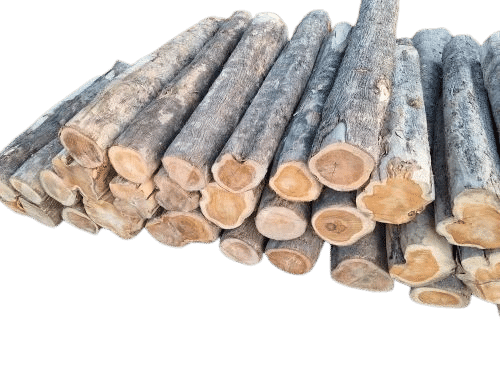
Native to the Indian subcontinent, Indian Teak trees can grow up to 100-130 feet tall with trunk diameters averaging between 3-5 feet. It has an average dried weight of 40.9 lbs/ft3 (655 kg/m3) and a specific gravity ranging from 0.55 to 0.66. Its rich grain pattern and warm color contribute to its aesthetic charm. Moreover, it is valued for its strength, durability, and ability to withstand different conditions, making it a trusted choice for many projects.
6. Indonesian Teak Wood
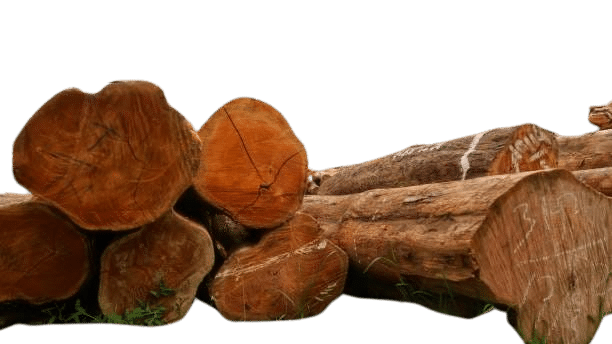
Indonesian teak wood is another sought-after variety known for its quality and versatility. Harvested primarily from plantations on the island of Java and other regions of Indonesia, this type shares many characteristics with Burmese teak, including its rich color, straight grain, and high oil content. It is widely used in furniture making, flooring, paneling, and outdoor decking due to its durability and resistance to moisture and pests.
7. African Teak Wood
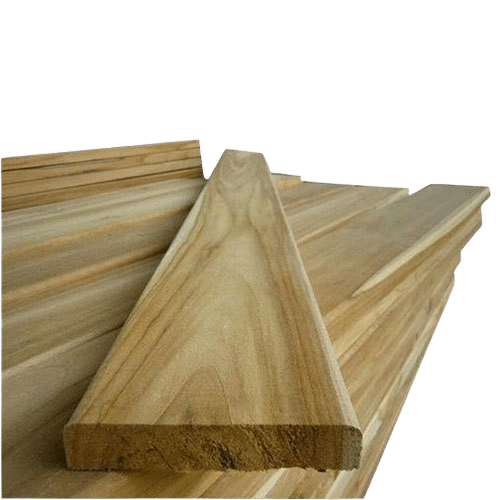
Also known as African padauk or Afrormosia, it is a species closely related to Tectona grandis but native to West Africa. While not technically true teak, it shares some similarities in appearance and properties. It features a golden to reddish-brown color with a straight grain pattern and moderate natural oil content. African teak is valued for its strength and durability, making it suitable for outdoor furniture, decking, and marine applications.
8. Brazilian Teak Wood
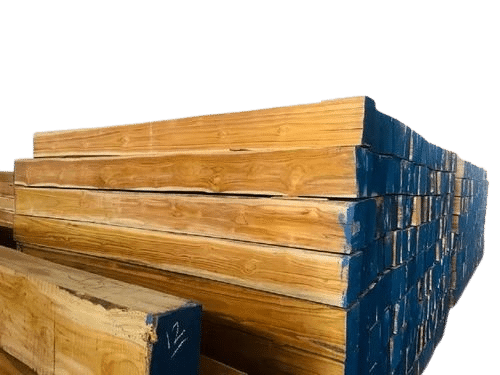
Brazilian teak wood, also known as Cumaru is not derived from the Tectona grandis tree but is often marketed as teak due to its similar appearance and properties. Indigenous to South America, Cumaru boasts a rich reddish-brown color with interlocking grain patterns. Scoring around 3,540 lbf on the Janka scale makes it hard and dense, offering excellent resistance to wear, decay, and insect damage. It is commonly used in outdoor decking, flooring, and heavy-duty applications where strength and durability are paramount.
9. Thailand Teak Wood
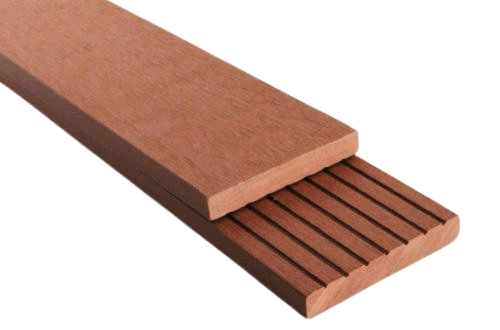
Thai teak has the lowest Janka hardness rating of around 1,000 lbf. It is harvested from plantations in Thailand and shares many qualities with Burmese and Indonesian teak. It is prized for its rich color, tight grain, and high oil content, making it suitable for applications, including furniture making, flooring, and boat building.
10. Philippine Teak Wood
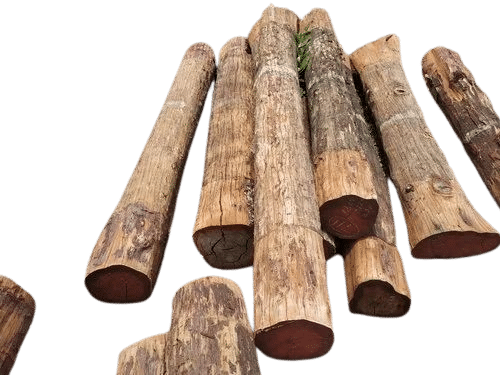
It is derived from the Tectona philippinensis tree native to the Philippines and offers similar qualities to other types of teak. It features a golden-brown color with a straight grain pattern and is utilized in furniture making, interior paneling, and outdoor construction projects.
11. Chinese Teak Wood
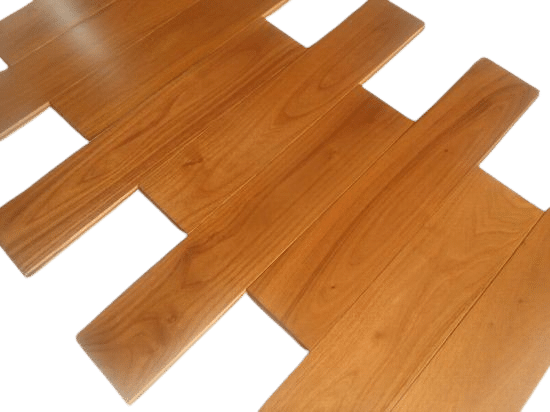
Also known as Chinese teak or Chinese Tectona (Tectona sinensis), is a hardwood species native to China and other parts of East Asia. It shares similarities with true teak, boasting a golden to reddish-brown color and excellent durability. It is used in outdoor applications such as furniture, decking, and boat building, prized for its natural charm and resistance to decay. While it may not possess the same high oil content as its Southeast Asian counterpart, Chinese teak remains a popular choice for its availability and cost-effectiveness in regions where it is cultivated.
12. South American Teak Wood
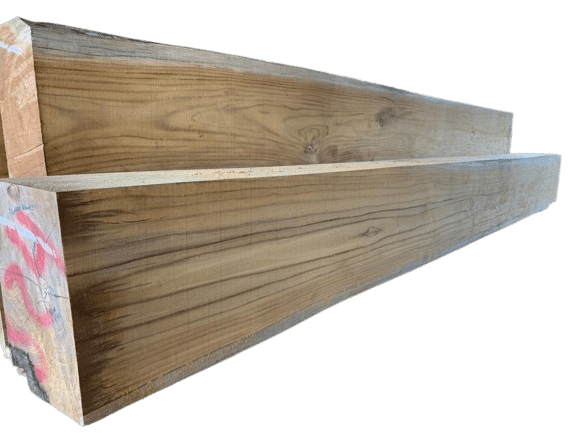
This wood originates from the tropical forests of South America, particularly Brazil. It boasts a rich reddish-brown color and exceptional hardness, making it ideal for outdoor decking, flooring, and heavy-duty applications. Despite not being true teak, it shares many desirable qualities, including resistance to decay, insect damage, and moisture. Its striking appearance and durability have solidified its place as a popular choice in woodworking.
So, now are you able to identify different teak wood types?
Whether constructing a backyard adorned with Brazilian teak decking or aiming to improve interiors with Burmese teak furnishings, Timber Explore showcases a variety of teak options to complement any style and project.

